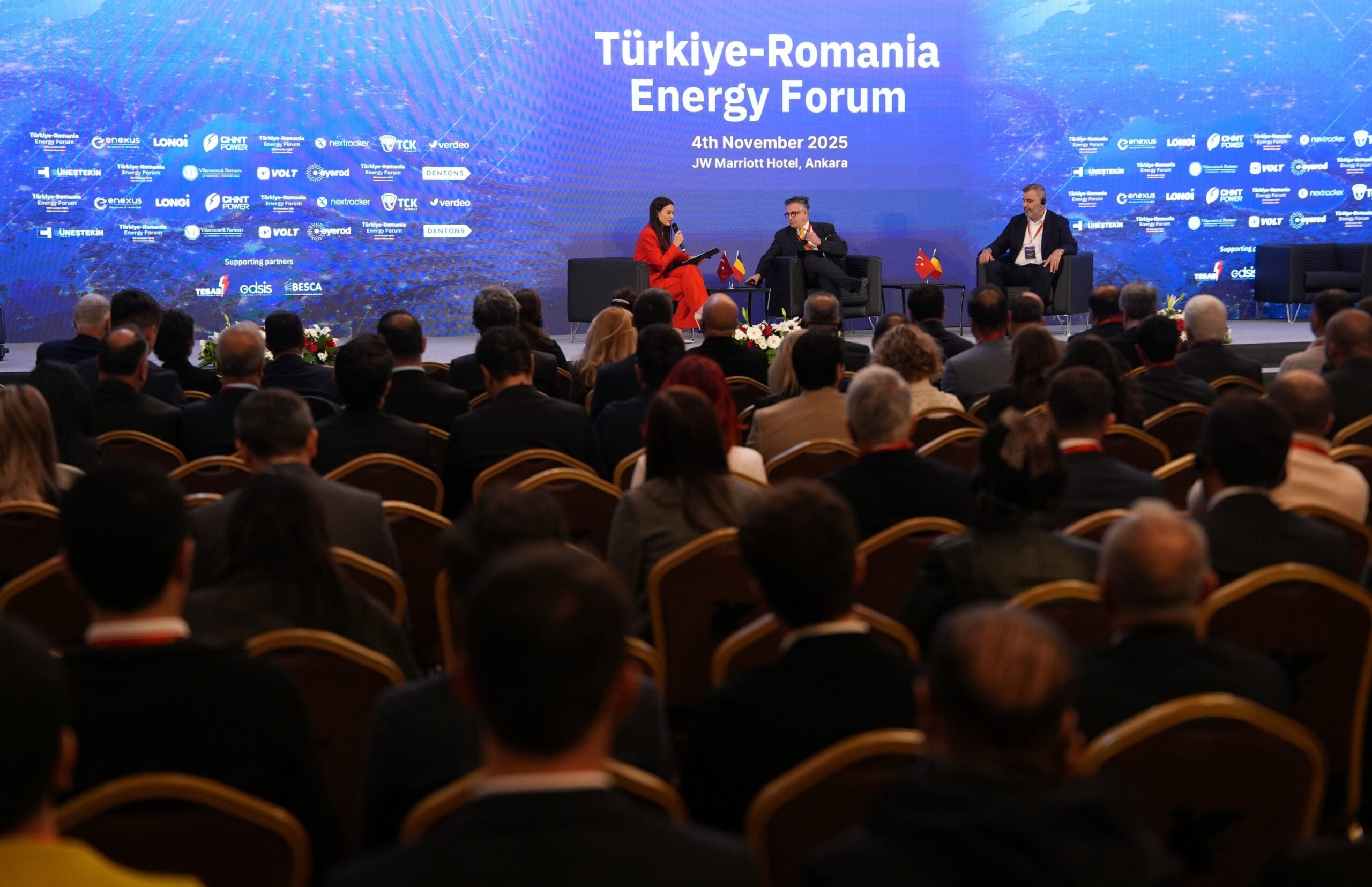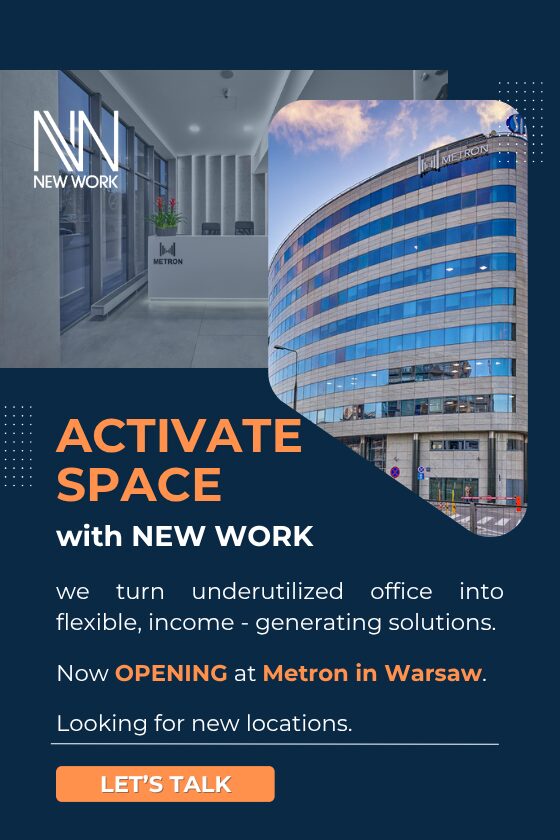The Romanian real estate market is undergoing a significant transformation. Flexibility has become essential for developers as they adapt to a shifting environment. This point is underscored by speakers at the CEO Networking Forum 2025, the traditional curtain raiser to the annual SEE Real Estate Awards Gala, organised by EuropaProperty.com.
One of the most pressing challenges facing the Romanian real estate market today is the increasing difficulty of obtaining permits for new construction projects. As building costs continue to rise, the pressure on developers grows, making strong relationships and adaptability more important than ever. In this landscape, environmental, social, and governance (ESG) principles are no longer optional—they represent a powerful and irreversible trend reshaping the industry, panellists highlighted.
Despite these challenges, there are promising signs of growth. Griffes, a Romanian real estate advisory firm, reported a record-breaking year in 2024. The company successfully brokered office deals in both Bucharest and key regional cities including Cluj-Napoca, Iași, and Sibiu. Office market trends showed a growing demand for sustainable, high-quality office spaces, with client activity led by the technology and IT sectors, followed by professional services, healthcare and wellness, and industries such as retail, automotive, and logistics.
Andreea Păun, Managing Partner at Griffes, emphasized the firm’s broader mission: “Whether through a record-setting renewal in Bucharest or a landmark lease in Cluj-Napoca, we’ve shown that personalized solutions and deep market understanding truly make a difference. Regional university centres are stepping confidently onto the stage as major business hubs, and we’re thrilled to be part of their evolution.”
Romania’s residential sector is rapidly evolving, with developers prioritizing flexibility in response to shifting demands, panellists noted.
Alex Skouras, Managing Partner at Alesonor, noted that the residential sector is fast-tracking long-standing trends, as more people are rethinking where they want to live. “We’re seeing a shift away from crowded urban centres toward greener, more spacious environments,” he said. “People are prioritizing quality of life, and sustainable communities offer a clear path forward.”

Alesonor’s standout project is Amber Forest, which has achieved LEED Platinum precertification for its commitment to measurable sustainability strategies. It is also the first and only project in Romania to receive LEED Cities and Communities pre-certification, having met rigorous criteria for water conservation, energy efficiency, emissions reduction, materials use, sustainable transport, biodiversity, and overall quality of life.
However, permitting isn’t the only issue facing developers. A shortage of skilled construction teams that can deliver on complex and sustainable building requirements is another major hurdle. Meanwhile, limited supply is placing upward pressure on residential prices, as purchasing power continues to grow.
“I don’t think we’ll see a significant shift in market trends in the coming years,” said Alina Verdeata from Green Alley Real Estate. “Demand remains strong, and with few new buildings being delivered, prices are unlikely to fall. Investors may increasingly choose to buy directly from developers.”
This trend is mirrored in the growing interest in build-to-rent developments.
“Our latest addition in Romania is AFI Home—residential units designed specifically for rent,” said Luciana Giurea, Head of the Residential Division at AFI Europe Romania. “While this is our first such project in Romania, we’ve already developed over 4,000 units in Poland and the Czech Republic. It’s a natural progression—around 20 percent of the units sold on the Romanian market eventually return as rentals, so developing specifically for rent makes strategic sense.”
On the innovation front, technology is playing a bigger role in addressing leasing challenges. While finding tenants remains difficult in certain market segments, digital solutions are helping to bridge the gap between supply and demand.
While uncertainty continues to shape the outlook, the message from industry leaders is clear: resilience, innovation, and sustainability will define the next chapter of Romanian real estate. As developers navigate regulatory hurdles and rising costs, the sector’s shift toward greener, more flexible, and tech-enabled solutions is not just a response to current pressures—but a strategic repositioning for long-term growth. With investor interest gradually rebounding and urban centres evolving, the seeds of recovery are already being planted.








